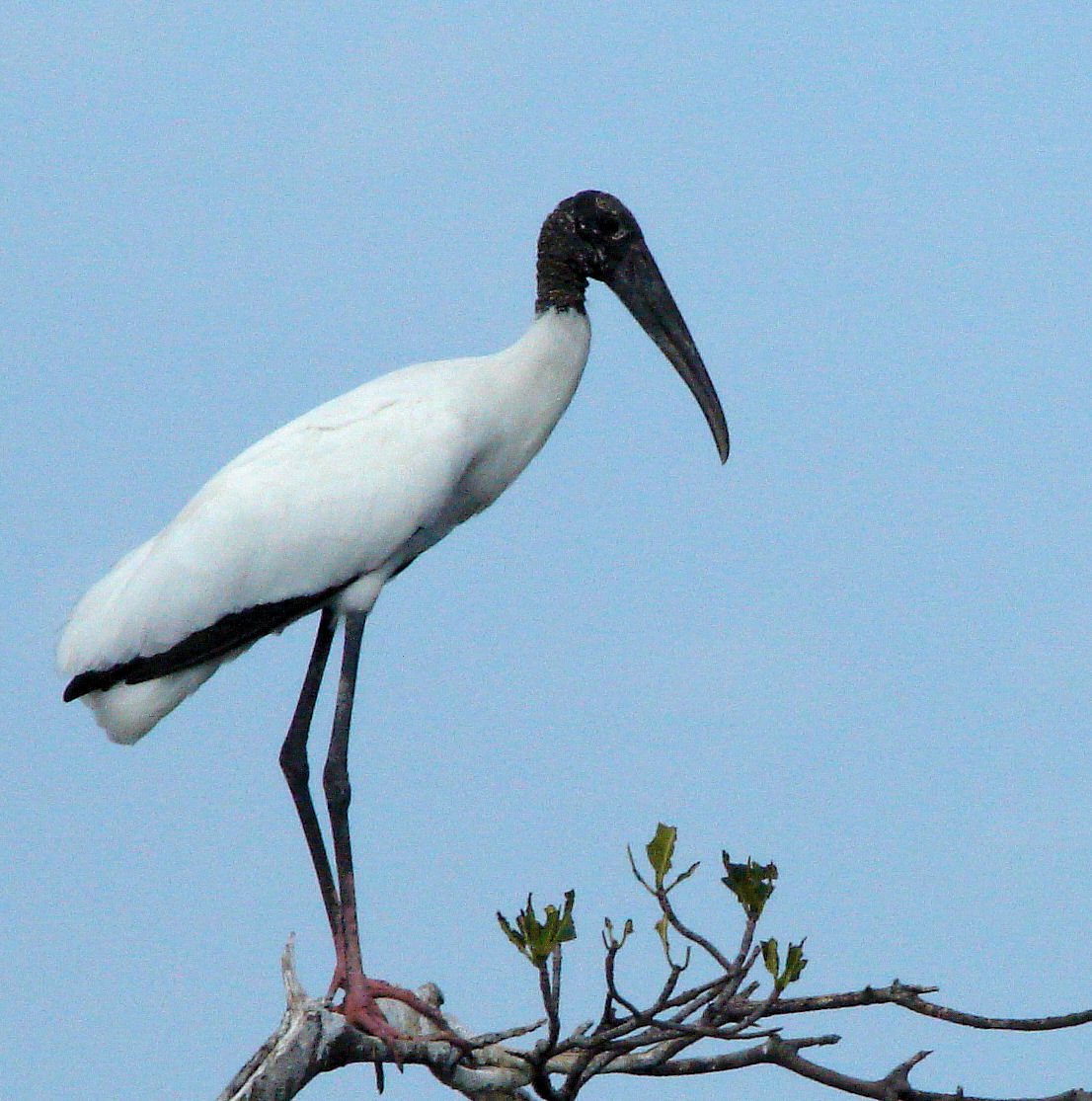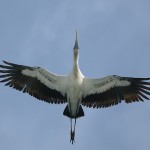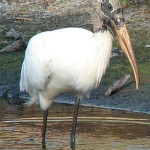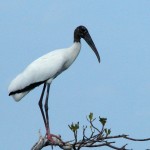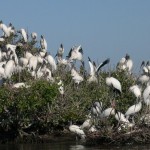Wood Stork Facts
Scientific Classification of Wood Stork: Mycteria Americana
Kingdom of Wood Stork: Animalia
Phylum of Wood Stork: Chordata
Class of Wood Stork: Aves
Order of Wood Stork: Ciconiiformes
Family of Wood Stork: Ciconidae
Genus of Wood Stork: Mycteria
Species of Wood Stork: M.americana
Wood Stork
Wood Stork or Wood Ibis, as they were initially known, are birds belonging to the cyclonidae family. These species are found dwelling near ponds and swamps of North America.
Pictures of Wood Stork
Some Interesting Facts about Wood Stork
- These species usually like to cool themselves with their own liquid excretory products in hot weather.
- These species react instantly.
- They were initially called Wood Ibis but since they are not true Ibis species, the name has been withdrawn.
- The group of Wood Stork is called a rookery.
- Once threatened, these birds tend to leave their nests permanently.
Distribution of Wood Stork
Wood storks can be mostly found in parts of North, South and Central America and the Carribean Islands.
Characteristics of Wood Stork
- Weight of Wood Stork: The weight of females varies within 2-2.8 kgs while in males it ranges from 2.5-3.3 kgs. The larger birds may weigh about 4.5 kgs.
- Color of Wood Stork: The body appears milky white while the legs are greyish black with pink foot. They appear black when flying. These species have a brown head and a black face. The younger ones have brown neck with pale beak.
- Beak of Wood Stork: Their beaks are long and curved with a yellowish black color.
- Tail of Wood Stork: They have short black tail.
Behavior of Wood Stork
- These species prefer to live in clans and always make their homes on treetops.
- They often fly in groups of egrets and Ibses.
- These species hunt in open wetlands. While searching food they walk on shallow waters.
- These species make them hydrated with the liquids from their legs.
- Their urine gets evaporated after which they relax.
Food Habits of Wood Stork
The wood storks like to have frogs, tadpoles, fishes, crayfishes & large insects as food.
Habitats of Wood Stork
These species live on paddy fields and open wetland areas. They build nests on cypress trees, marshes, swamps and on mangrove trees.
Migration of Wood Stork
In reality, they are migratory. These birds travel from places in quest of food but they are also migratory in nature.
Flight Pattern of Wood Stork
These species fly by stretching their legs and neck in air. They dive steeply once they identify their victim at a distance.
Call of Wood Stork
These species are very quiet because of absence of muscles linking larynx. They can only produce a hissing noise.
Predators of Wood Stork
The main predators of these species are:
- Striped Skunks
- Vultures
- Grackles
- Corvids
- Raccoons
- American alligators
Adaptations of Wood Stork
With the help of their long legs, they can spot a predator from far away. These species have a unique technique of catching their prey. They open their beak in water and wait for the fishes to enter. Once the fish is in, they react spontaneously and capture it. If they sense danger of alligators and raccoons, they take off quickly.
Mating of Wood Stork
They usually mate in the regions with hot ponds and such areas where water is drying up a little
- These species like to mate when there is enough food available. They actually require 400 pounds of fishes to serve them and their babies as well. They also prefer to wait for the lakes to get drier such that the fishes become more accessible when they begin to move to other areas. This makes it easy to hunt food.
- They make their nests with the help of twigs and vines and ley within, a clutter of about 4-5 eggs.
- The offspring weigh about 2 ounces and cannot fly when they are born. The younger ones survive depending on the food from parents.
Life Cycle of Wood Stork
For the first 2 months, they usually eat about 15 times unless capable enough. In the initial days, the parents take great care of their babies. After two weeks, the offspring usually weighs about ten times than their actual weight at birth. They gradually become 25 times heavier after four weeks. After four weeks the juveniles can search their own food. However, they also come to collect food from the guardians.
Life Span of Wood Stork
These species can live for 11-12 years. However, when tamed they can live for about 30 years.
Conservation Status of Wood Stork
According to the reports of IUCN, they are in the list of less important in the red list.
